Related Research Articles
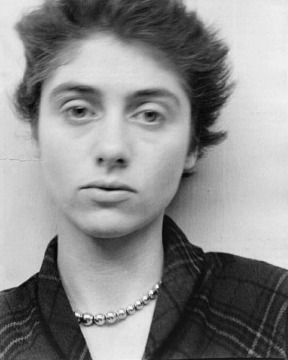
Diane Arbus was an American photographer. She photographed a wide range of subjects including strippers, carnival performers, nudists, people with dwarfism, children, mothers, couples, elderly people, and middle-class families. She photographed her subjects in familiar settings: their homes, on the street, in the workplace, in the park. "She is noted for expanding notions of acceptable subject matter and violates canons of the appropriate distance between photographer and subject. By befriending, not objectifying her subjects, she was able to capture in her work a rare psychological intensity." In his 2003 New York Times Magazine article, "Arbus Reconsidered", Arthur Lubow states, "She was fascinated by people who were visibly creating their own identities—cross-dressers, nudists, sideshow performers, tattooed men, the nouveaux riches, the movie-star fans—and by those who were trapped in a uniform that no longer provided any security or comfort." Michael Kimmelman writes in his review of the exhibition Diane Arbus Revelations, that her work "transformed the art of photography ". Arbus's imagery helped to normalize marginalized groups and highlight the importance of proper representation of all people.
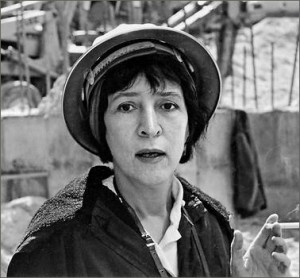
Helen Levitt was an American photographer and cinematographer. She was particularly noted for her street photography around New York City. David Levi Strauss described her as "the most celebrated and least known photographer of her time."

Francesca Stern Woodman was an American photographer best known for her black and white pictures featuring either herself or female models.
Malick Sidibé was a Malian photographer from a Fulani village in Soloba, who was noted for his black-and-white studies of popular culture in the 1960s in Bamako. Sidibé had a long and fruitful career as a photographer in Bamako, Mali, and was a well-known figure in his community. In 1994 he had his first exhibition outside of Mali and received much critical praise for his carefully composed portraits. Sidibé's work has since become well known and renowned on a global scale. His work was the subject of a number of publications and exhibited throughout Europe and the United States. In 2007, he received a Golden Lion for Lifetime Achievement at the Venice Biennale, becoming both the first photographer and the first African so recognized. Other awards he has received include a Hasselblad Award for photography in 2003, an International Center of Photography Infinity Award for Lifetime Achievement (2008), and a World Press Photo award (2010).
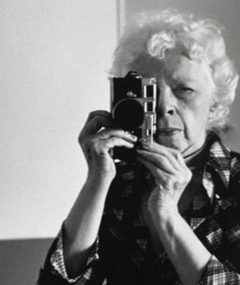
Lisette Model was an Austrian-born American photographer primarily known for the frank humanism of her street photography.
Andrejs Grants is a Latvian photographer and teacher. He studied at the Latvian State University (1973–78), worked in the “Ogre” photo studio (1978–1988). From 1979 he is a teacher at the House of Technical Innovation in Riga, where he gained his reputation as an influential photography teacher of many Latvian contemporary photographers, film-makers and artists, such as Ritums Ivanovs, Arnis Balčus and Gints Bērziņš. At "Ogre" photo studio he formed an informal group "A" with photographers Inta Ruka, Valts Kleins and Gvido Kajons. Having influences by documentary photographers, such as Henri Cartier-Bresson and Robert Frank, group "A" used a reportage style to document everyday life of Soviet Latvia, very often creating photographs full of criticism. Andrejs Grants gained international recognition by collaborating with group "A" ideological leader Egons Spuris' widow Inta Ruka. Their project "Latvia: Changing and Unchanging Reality" has been shown internationally. Similar to Ruka's work, Andrejs Grants' main theme are the people in Latvia. His photographs record a variety of Latvian people of different social levels, professions, nationalities, generations, people in their usual surroundings – in the city or countryside, at work or at home, in festivities or alone. In 2002 a monography "Andrejs Grants" was released by Neputns with a selection of his best work.
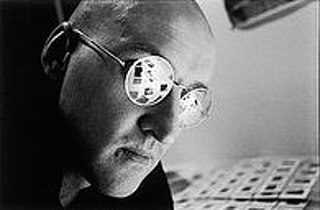
Igor Vladimirovich Mukhin, also known as Igor Vladimirovich Moukhin, is a Russian photographer. He was a member of the In-Public street photography collective.

Vivian Dorothy Maier was an American street photographer whose work was discovered and recognized after her death. She took more than 150,000 photographs during her lifetime, primarily of the people and architecture of Chicago, New York City, and Los Angeles, although she also traveled and photographed around the world.
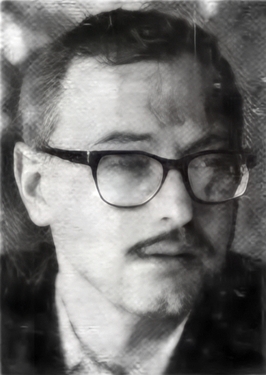
Rune Hassner was a Swedish photographer and film director. He directed around fifty documentaries and two feature films, including Myglaren, and illustrated numbers of books and articles with his photography.

Kenneth Gustavsson was a Swedish photographer.
Tuija Lydia Elisabeth Lindström was a Finnish-Swedish photographer, artist and professor of photography at School of Photography and Film, University of Gothenburg in Gothenburg, Sweden, 1992–2001. She lived and worked in Stockholm, Sweden.

Anna Riwkin-Brick or just Anna Riwkin was a Russian-born Swedish photographer.

Lars Tunbjörk was a Swedish photographer known for his "deadpan portraits of office spaces and suburban lifestyles".
Gösta "Gus" Peterson, née Gösta Reinhold Pettersson was a Swedish-American photographer whose fashion photographs were widely published in the editorial pages of magazines including Elle, Esquire, EssenceHarper's Bazaar, Mademoiselle, Marie Claire, and The New York Times, from the late 1950s to the late 1980s. In the 1960s, Bea Feitler, the former Art Director for Harper’s Bazaar, Ms., and Rolling Stone said, "The most interesting fashion pages now – the ones that say the most about our times – are Gösta Peterson’s for Mademoiselle." The photographer Duane Michals called him, "underrated."
Caroline Hebbe was a Swedish art photographer active in the 1950s-1970s and working in a subjective style in affinity with the Fotoform movement. She later became an international curator of Swedish arts, crafts and design.
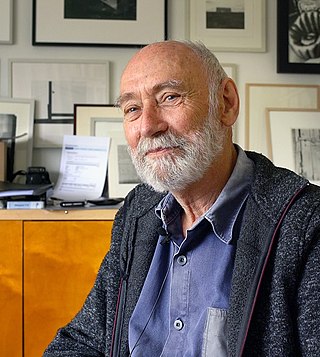
Gerry Johansson is a Swedish photographer who lives in Höganäs in southern Sweden. He makes "straight and pragmatic" photographs with "an objective view of a geographic location." His books include America,Sweden,Germany,Antarctic,Tokyo, and American Winter. His work is held in the collection of Moderna Museet in Stockholm, Sweden, where he has had solo exhibitions. He has been awarded the Region Skånes kulturpris and the Lars Tunbjörk Prize.
The Kharkiv School of Photography (KSOP) is a Ukrainian artistic photography movement. It was created in opposition to the Soviet socialist realism art style, which reigned from 1934 until the 1980s. KSOP started to form in the 1960s when artistic photography revived in Kharkiv during the period of the Khrushchev Thaw. KSOP's official formation as a non-conformist underground movement was denoted by the establishment of a group by Kharkiv photographers named the Vremia Group 1971; its foundation is considered the sign of the revival of modernist art in Kharkiv.

Melissa Shook was an American documentary photographer, artist and educator. Her work has been shown in group exhibitions at the Museum of Modern Art in New York, and held in the collection there and at the Metropolitan Museum of Art in New York and Moderna Museet in Stockholm,
Martin Bogren is a Swedish documentary photographer, living in Malmö. He has made "understated books full of quietly observed moments shot in grainy black and white."

Anna Clarén is a Swedish photographer and educator.
References
- 1 2 "The Photographer from Riga". Sveriges Television . Retrieved 2013-11-29.
- 1 2 3 4 5 6 7 8 9 10 11 12 13 Anna Tellgren (2017). "Inta Ruka's Latvian Portraits – Moderna Museet i Stockholm". Moderna Museet i Stockholm. Retrieved 2017-05-21.
- 1 2 3 4 "Inta Ruka". Inta Ruka. Retrieved 2017-05-21.
- ↑ Rēzijai Kalniņai piešķirts Triju Zvaigžņu ordenis
- ↑ "Photo: Inta Ruka. Portraits of People at Home / Foto: Inta Ruka. Cilvēku portreti savās mājās - OnlineFilm LATVIA". 4 March 2016. Archived from the original on 2016-03-04. Retrieved 2021-08-10.